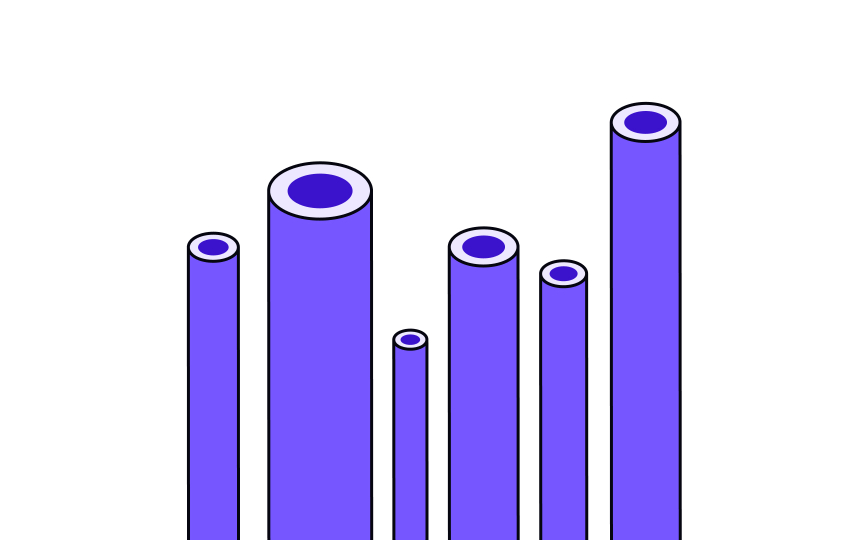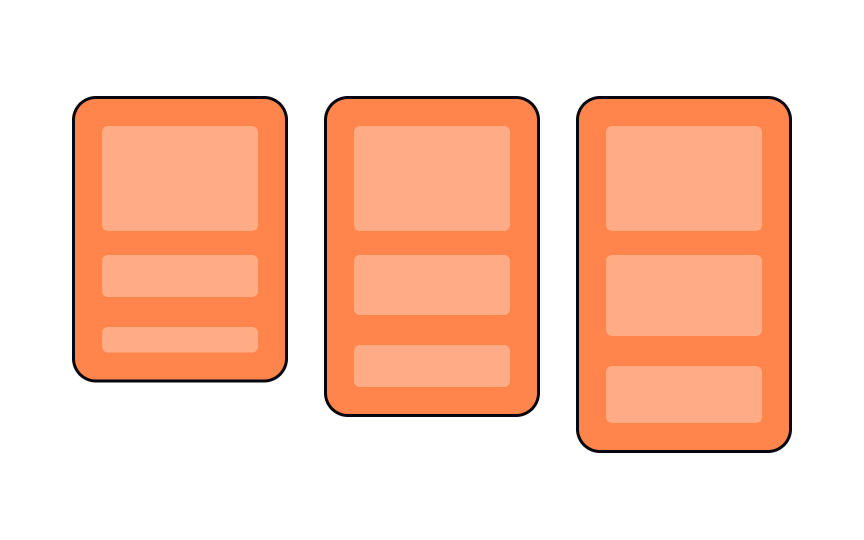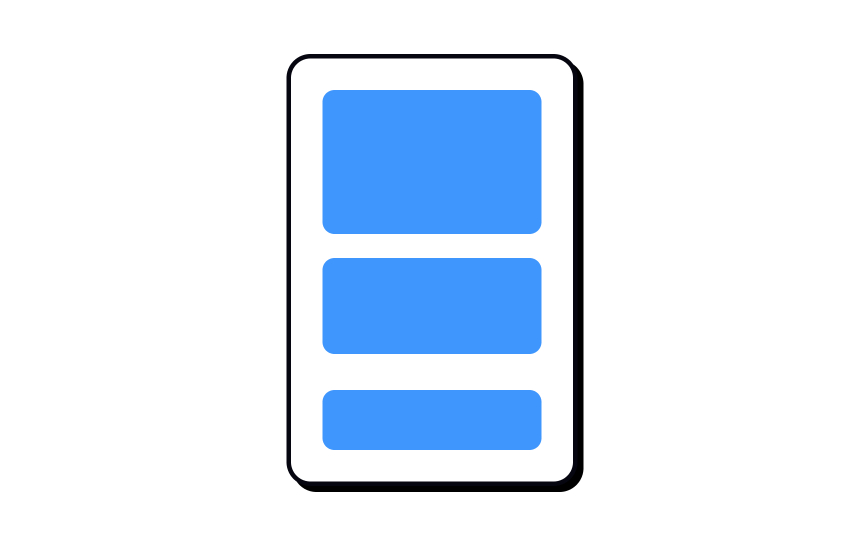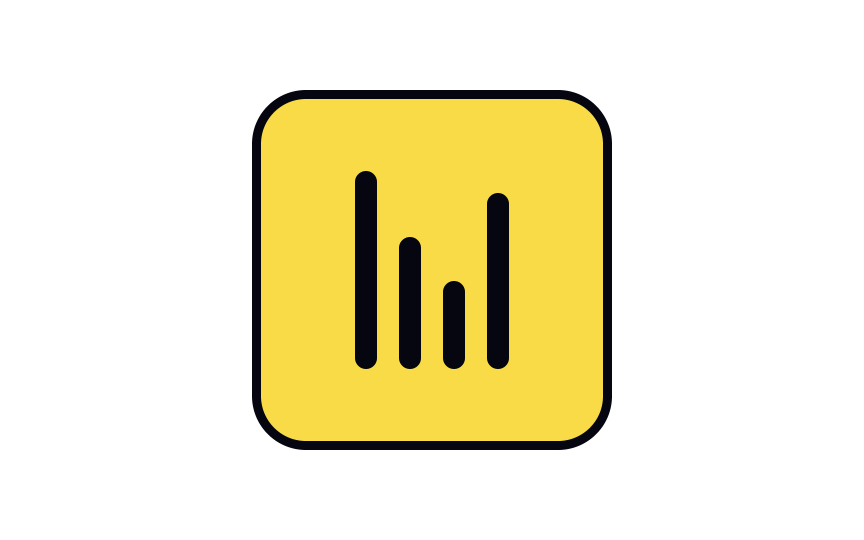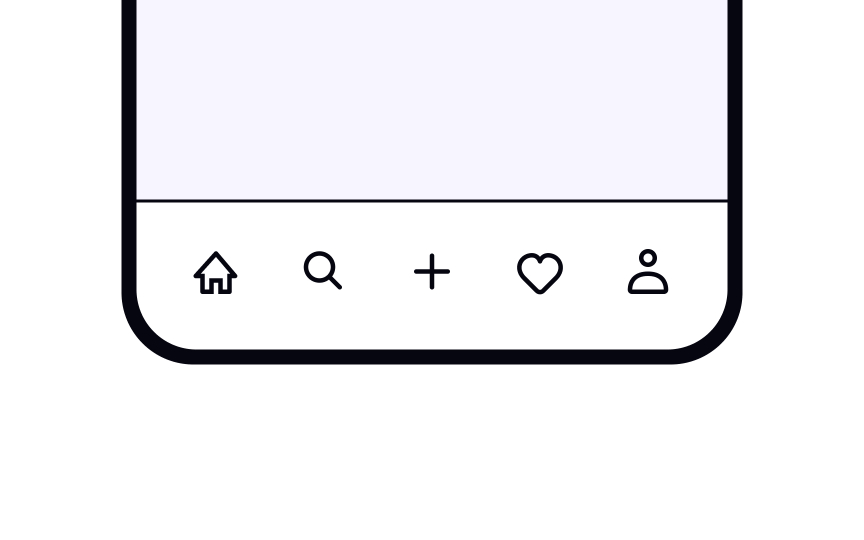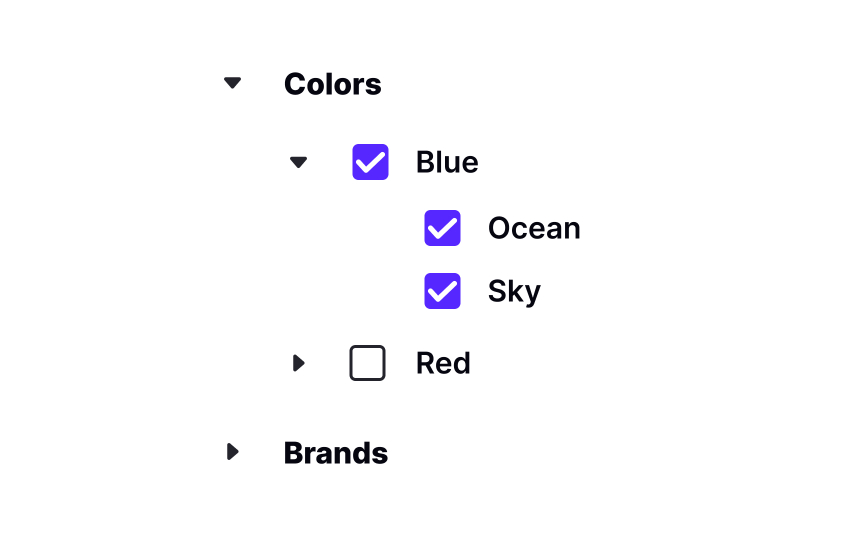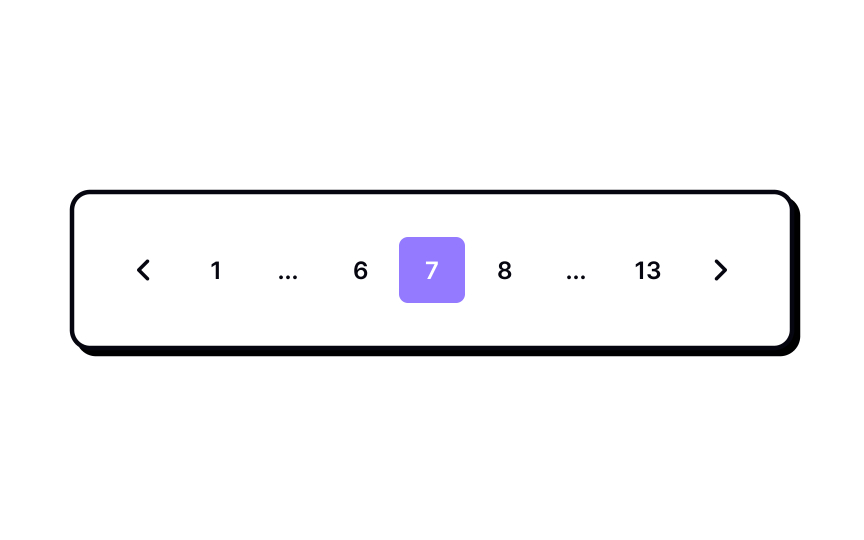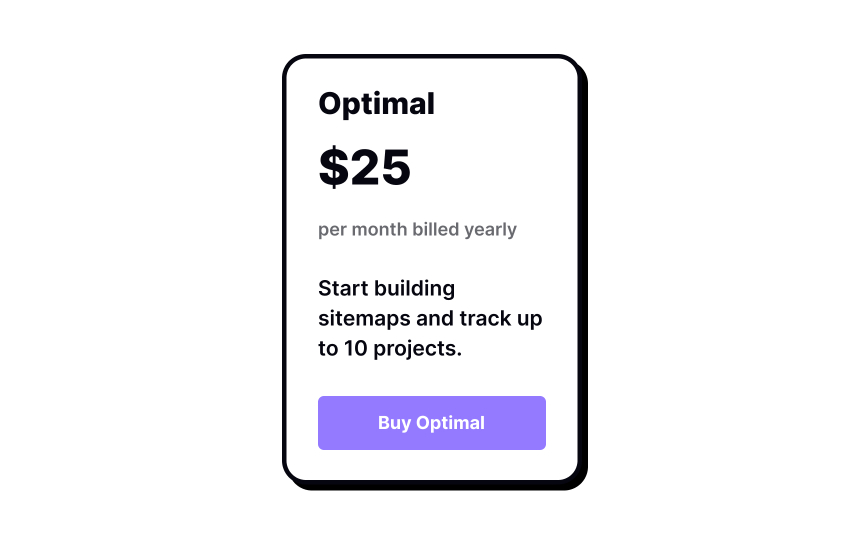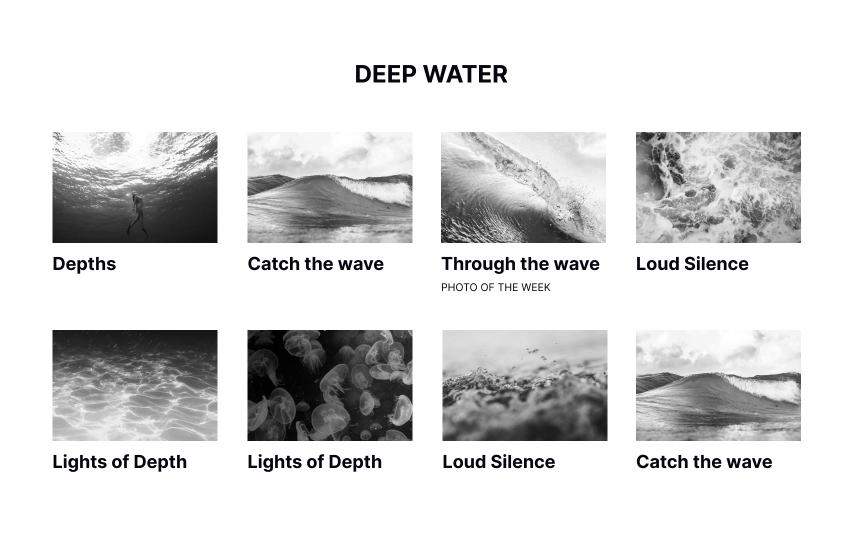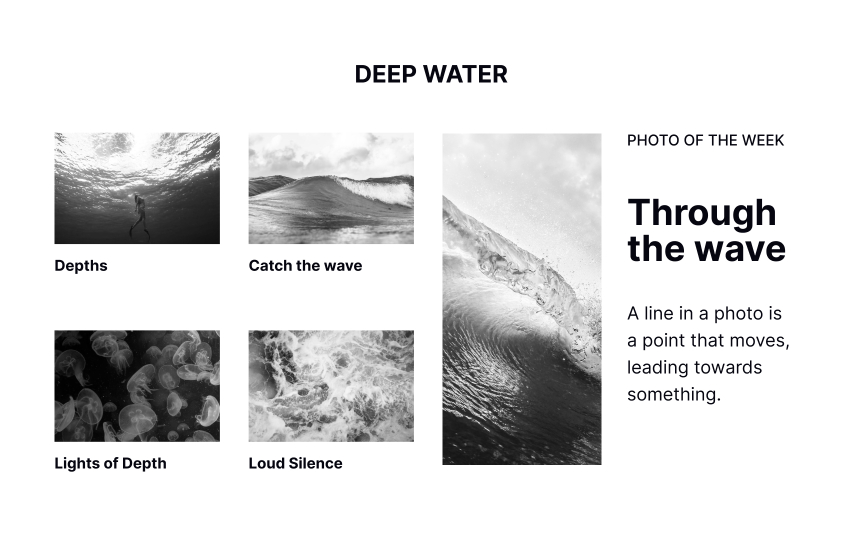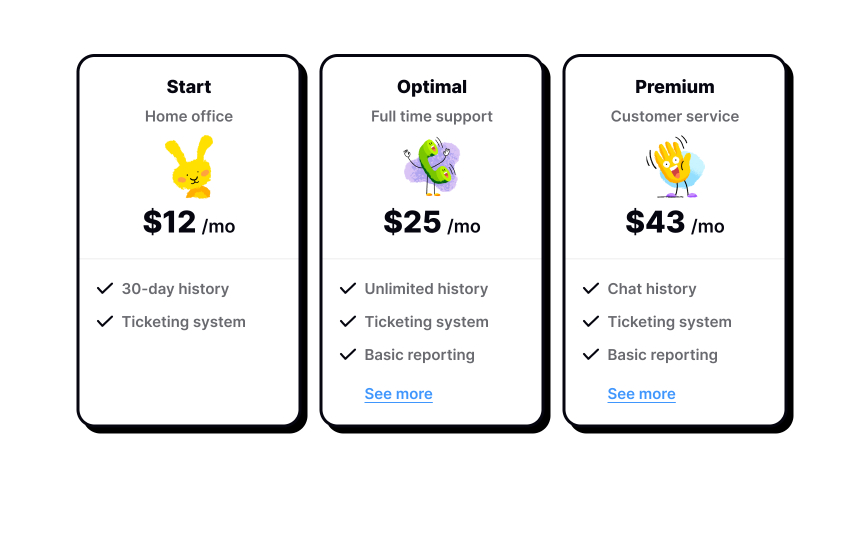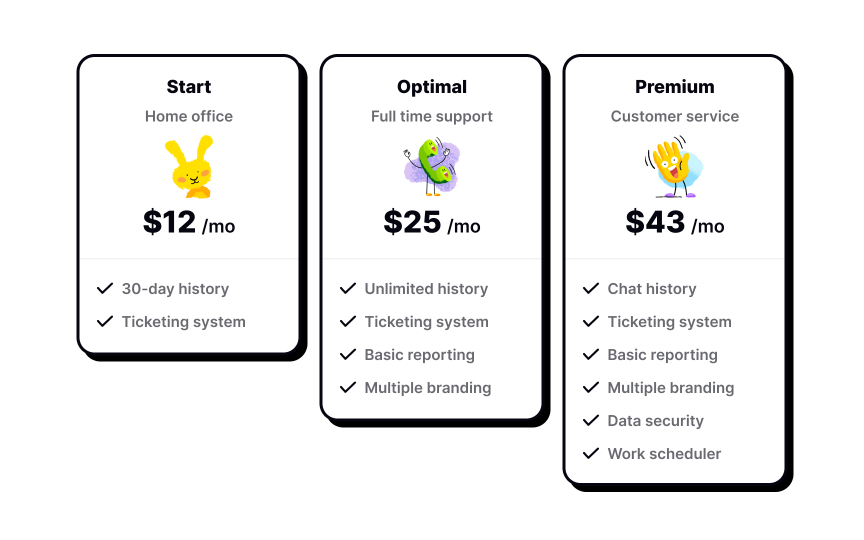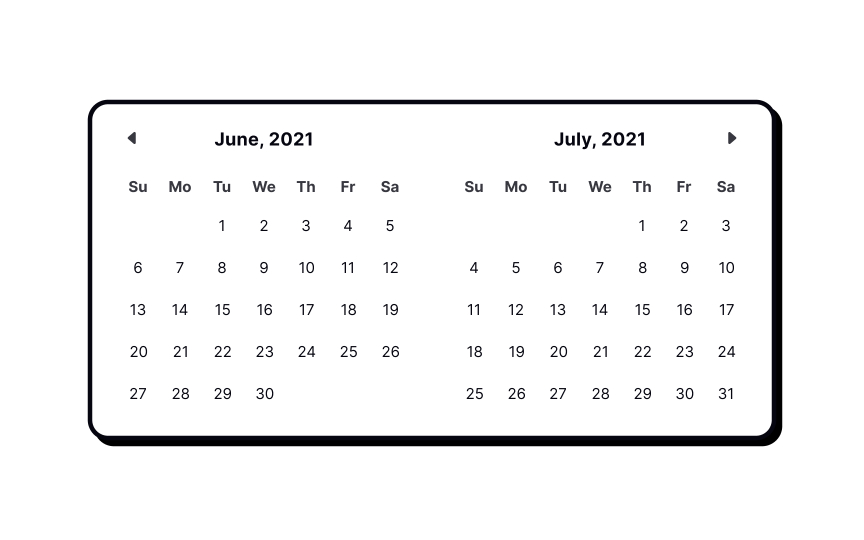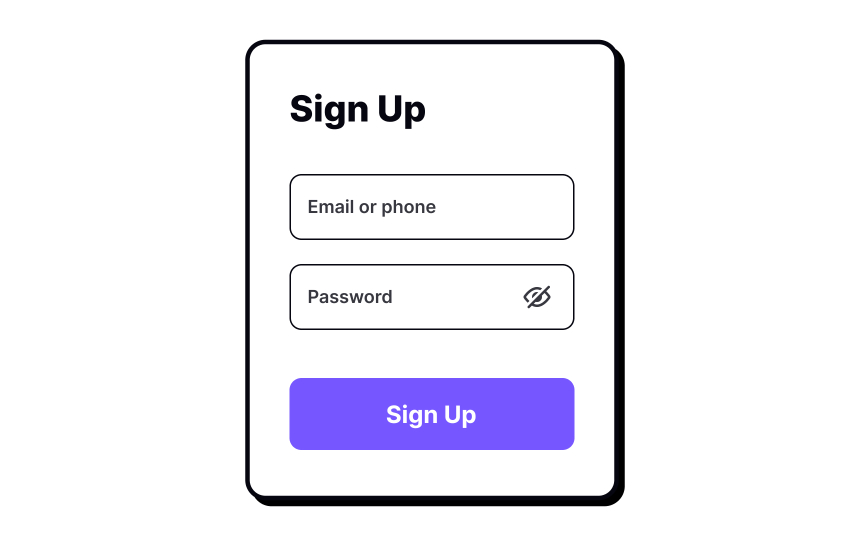Rhythm in Design Composition
Learn how to build rhythm through the strategic repetition and variation of design elements to create dynamic and engaging designs
The repetition of sounds and pauses creates rhythm in music. In design, it’s created in similar ways: through the repetition of elements and the space in between them. Rhythm brings harmony to designs and shepherds users through your compositions.
Rhythm comes in three basic types: regular (where elements are repeated at regular intervals), flowing (created through the repetition of organic shapes placed naturally), and progressive (where there are slight variations in each subsequent repetition). Master all three to create movement and harmony in your compositions.
You’re probably already familiar with the concept of rhythm from music: it’s the pattern created by the arrangement of notes and the space in between them. In design, the concept is similar. Rhythm is the arrangement of elements at regular or random intervals that create a sense of movement.
Successful design rhythm is much like musical rhythm. It’s not just about the arrangement of the elements themselves, but also the negative space in between them. Rhythm also relies on the repetition of certain elements, tying the entire
External rhythm is the rhythm that exists between different groups of elements. In design, the external rhythm — the repetition of content groups and the
Internal rhythm is created within groups of elements. It’s the repetition of parts and spacing between them within a component. Designers can repeat elements inside components or more complex
The core difference between rhythm and repetition is that rhythm implies movement, progress, and sometimes surprising variations. Waltz is all about rhythm and includes a step, slide, and step in 3/4 time. On the contrary, marching is a repetition of monotonous footsteps without any irregularities.
That said, rhythm should always include some element of repetition. It creates a pattern that keeps users feeling grounded on the
A nested list is an excellent example of external rhythm. It contains categories — colors or brands in this example — placed at equal intervals from each other. However, each category includes a different amount of items that have, in turn, their own internal rhythm.
When designing, rhythm can help establish the mood and make a
When designing a
How do you set the internal rhythm designing something as necessary as a sign-up form? You add spaces between inputs, titles, and CTAs, making sure users can quickly scan them without being distracted or confused.
References
Top contributors
Topics
From Course
Share
Similar lessons

Intro to Design Layouts

Intro to Design Grids

